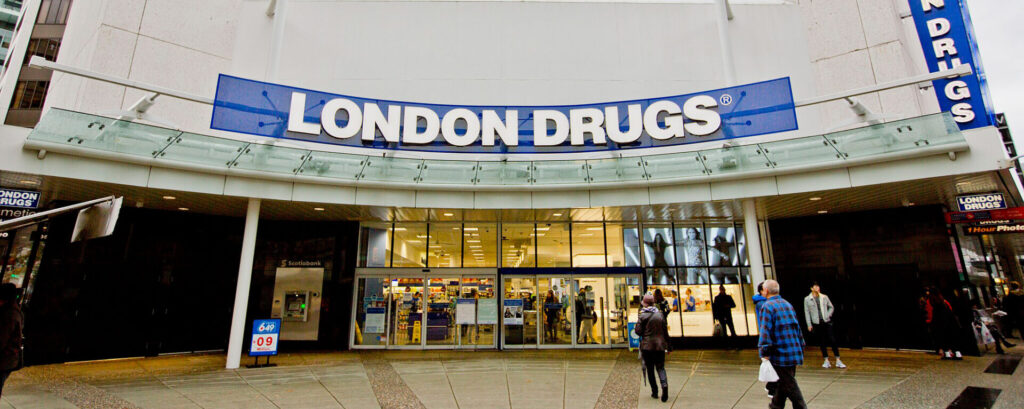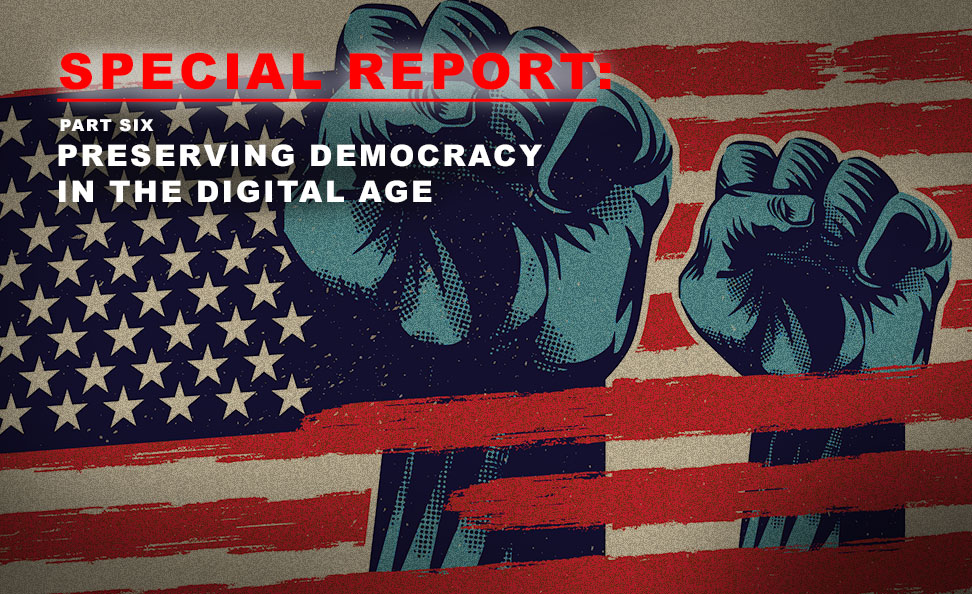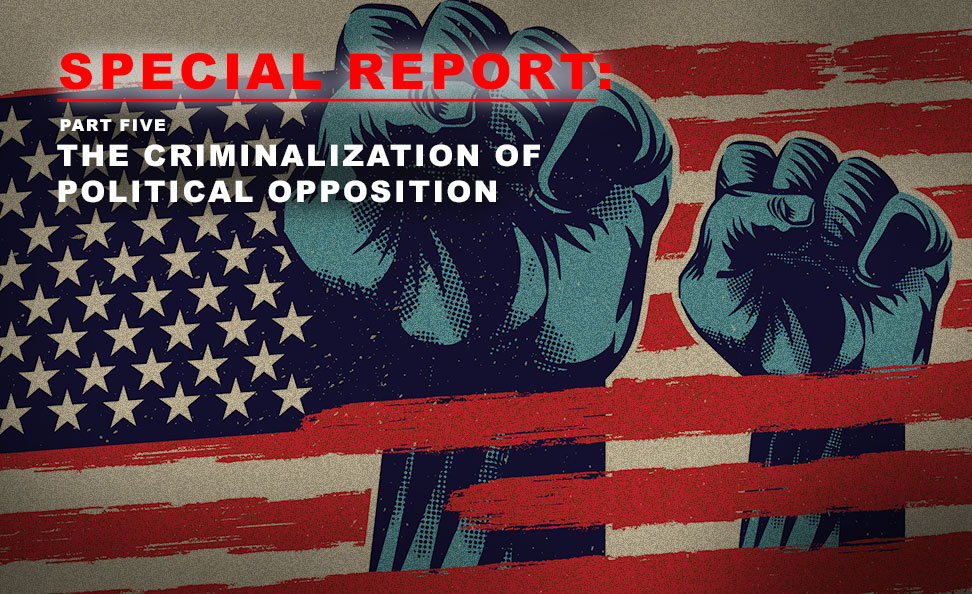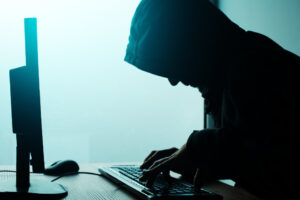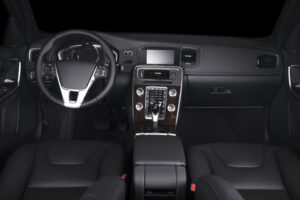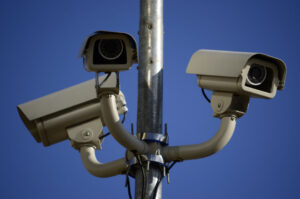How drones and UAVs (UAV) are invading privacy.
Faster than a speeding bullet. More powerful than a locomotive. Able to leap tall buildings in a single bound.
Look! Up in the sky! It’s a bird!
It’s a plane!
It’s Superman, no … wait. It’s another damned drone!
These days drones and UAVs are everywhere always. Invading our privacy and catching our most private moments when we least expect it.
Sunbathing by the pool. The Royal family enjoying private time. A celebrity doing a bit of gardening. A cheating spouse. Goofing off on the golf course when we should be at work. Or nosy neighbors angry about your messy yard.
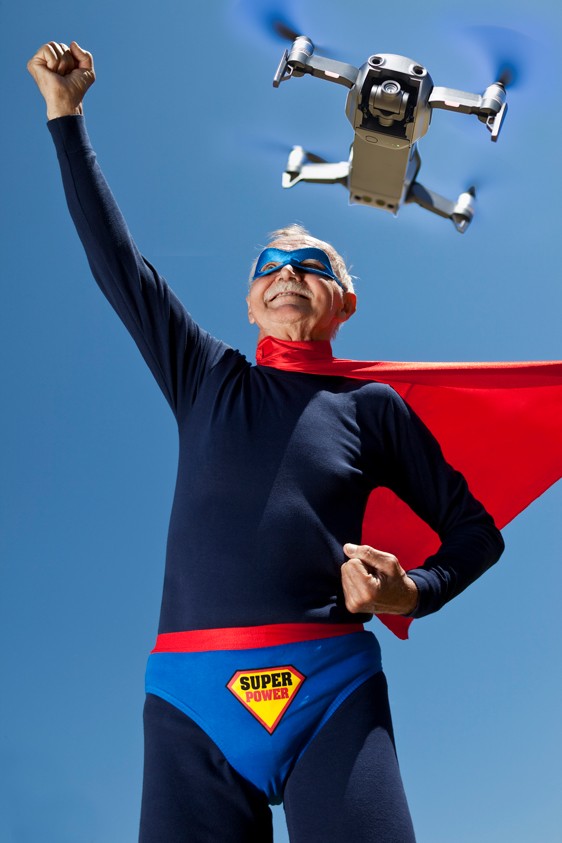
In this article, PrivacyWe looks at how drones are invading your privacy.
A QUICK INTRODUCTION TO DRONES
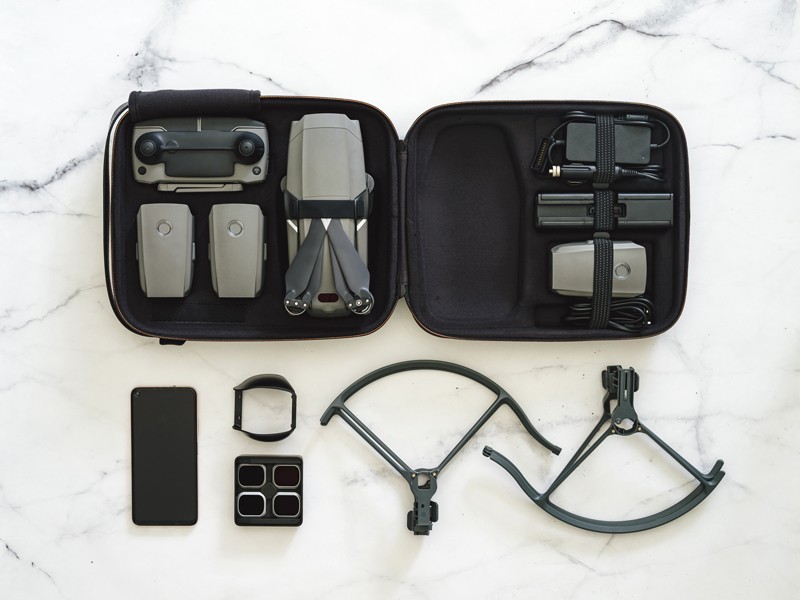
Drones, aka UAVs (Unmanned Aerial Vehicles or UAV), are remote controlled or unmanned autonomous aircraft. They are everywhere and growing in popularity. Most drone use is harmless and fun. As utilitarian tools, they offer many fantastic features. Even the most basic devices can capture high quality photos and video. Some are capable of movie-quality ultra high definition video, photos, and audio.
UAVs can get into places to capture footage that would be impossible otherwise without costly effort. They can capture images from great distances with amazing clarity and accuracy. Embedded AI tools help enhance and improve the quality and clarity to whole new levels.
Small drones can cover long distances, and vast areas. They can look deeper than any other type of surveillance aircraft.
The Federal Aviation Authority considers a drone or UAV to be an aircraft like any other in the sky. And it’s no different in most countries. For the most part, pilots need a federal license. They must adhere to specific rules and regulations much like flying conventional aircraft. The operational rules and regulations are strict and enforced with vigor.
But times are changing and privacy is a major concern for most people. In most nations, UAV rules and regulations haven’t yet adapted to address privacy. The FAA receives over 150 privacy complaints every month.
Examples Of Drones Invading Privacy
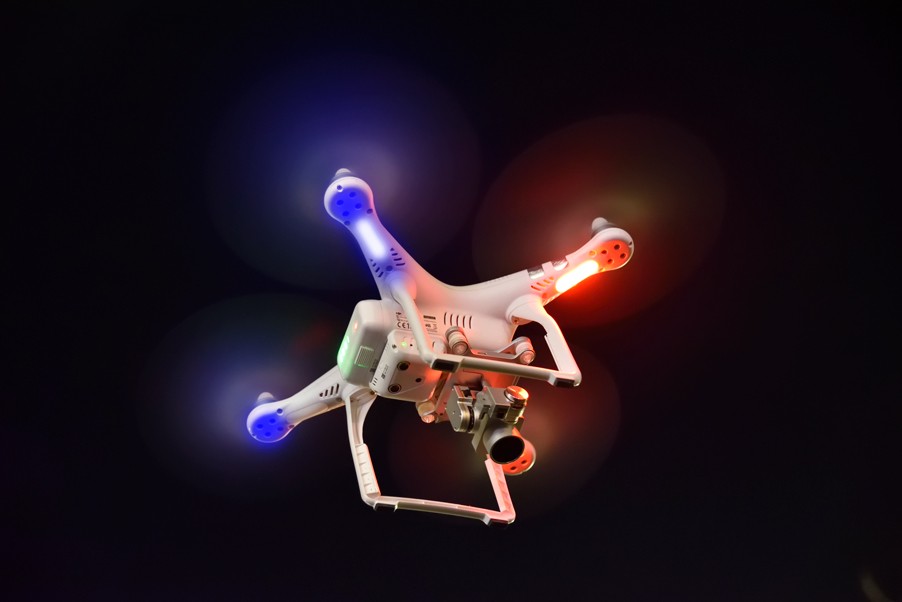
Most privacy complaints do not stem from recreational or hobbyist use. Instead, most complaints are about police, military, or government agency drone and UAV flights. The general public fear police and government more than hobbyists or commercial pilots. Unmarked drones, or Unidentified Flying Drones (UFD) create the most mistrust and fear. And it’s women who fear privacy invasions the most.
For the most part, police only use drones and UAVs as a part of an investigation or specific incident. The public has no problem accepting this use of the technology.
However, 24/7 police surveillance is becoming more common, creating public cynicism. And it’s understandable. Non-stop police, military, or government surveillance creates a state of fear and mistrust.
Bad actors can use drones for illegal surveillance or harassment. The accidental or random capture of personal identifying information isn’t illegal. Nor is it always cause for concern. But that picture changes fast when a jealous lover takes it to a whole new level. Videoing their partner’s car on a highway and later at a stranger’s home. And then again at the workplace is a clear, deliberate invasion of privacy. This type of surveillance is not due to random circumstance or accident.
Micro drones can be as small as a common flying insect. They are hard to notice and can spy, surveil, or collect information at will. With the ability to fly indoors, they can invade warehouses, offices, or factory floors. These types of UAVs can steal confidential information or proprietary processes.
Apple’s new “Apple Park” was a secret until spying drones leaked it to the Internet.
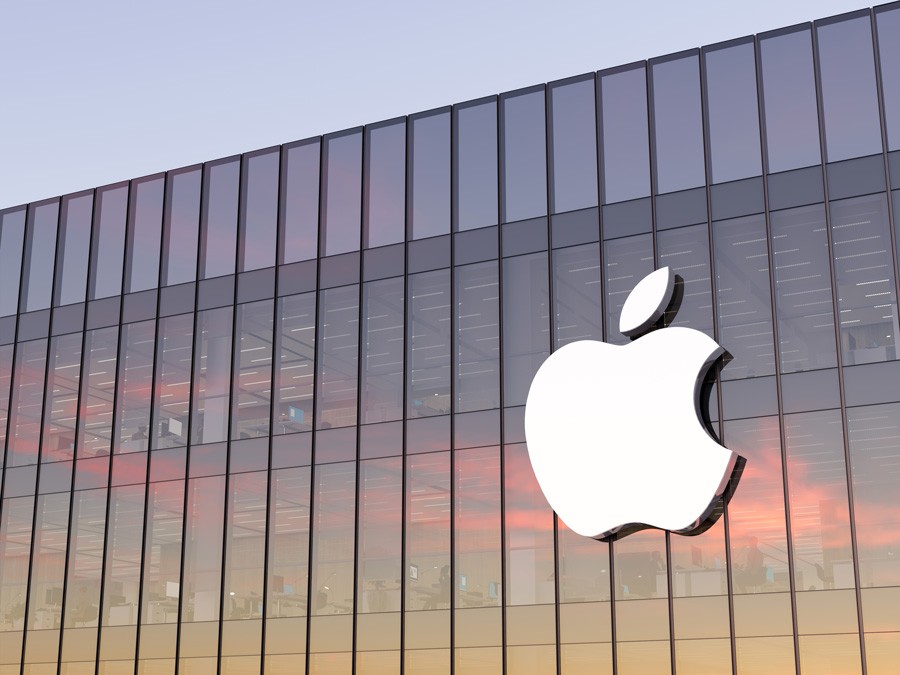
Drone Security Threats - It's More Than Just Privacy
Hackers can use drones to intercept and collect confidential information. UAV detection and response technologies can also hijack the control of drones.
Israeli researchers used WiFi signals to control smart lights in an office. The drone was nearby and unseen. The implications of using UAVs to control smart devices are frightening. Especially in the hands of an authoritative government or a bad actor.
It’s not a big stretch to use a drone for attacks. Be those attacks on people, vehicles, aircraft, computer data centers, or more. This gives drones Marvel Super-Villain status. Stealthy, invisible, AI and ML powered. Autonomous swarm intelligence … yikes! UAVs can go and get anywhere without notice. But when noticed, chaos ensues.
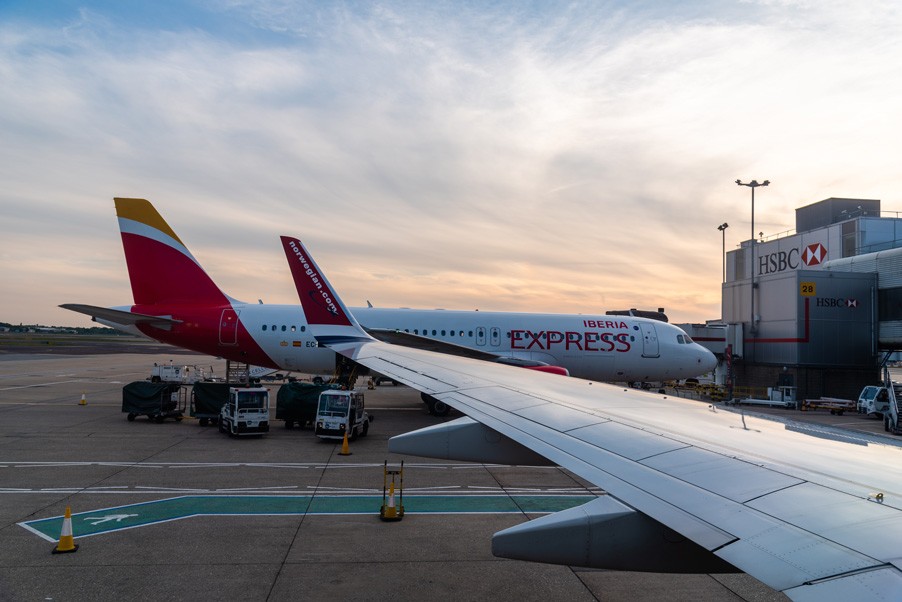
In 2018, Gatwick airport shut down for 3 days because of alleged UAV sightings. The sightings were not confirmed. But that did not stop the airport from canceling flights, leaving passengers stranded. Innocent people faced arrest, the offenders were never found.
What Are The Big Factors For Drone Privacy?
Many factors contribute to the concept and concern of drone privacy. They include:
- how important people believe privacy is to them and the value they place on their privacy
- the general public’s acceptance of drones as recreational and surveillance aircraft
- the public’s trust for police or government authorities
- how safe people feel within their communities on a whole
- culture, ethnicity, and gender (women fear an invasion of privacy more than men)
Over half of the population do not want drones near or over their homes or businesses.
How Do Drones Invade Your Privacy?
Over half of the population do not want drones near or over their homes or businesses.
The illegal invasion of privacy with drones and UAVs is the result of one or more behaviors.
- The pilot’s intentional or reckless behavior
- Law enforcement’s invasion of privacy without lawful justification (warrant)
- The intent to cause offense, distress, humiliation, or anguish
Pilots face potential criminal and legal action if:
- The pilot publishes aspects of someone else’s private life
- People caught on camera did not explicitly consent to the filming or publication
- A community or reasonable person finds the publication to be offensive
- The published materials pose a valid safety concern to an individual or the public
Real Life Examples Of Drone Privacy Invasions
There are many examples of how pilots can invade privacy with a drone or UAV. And while some may not be illegal, they can result in a civil action or a sound beating.
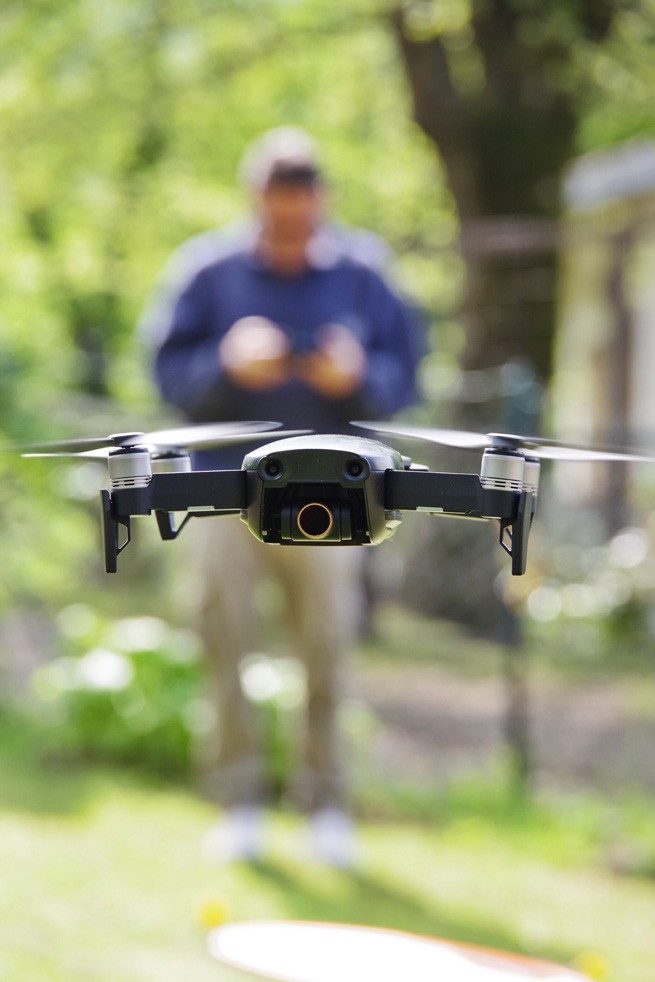
- filming property that is not yours
- hovering over backyards
- filming a person or persons without permission, even if from public property at a distance
- using drones to film/watch people in apartment buildings or high rises
- filming people who are being intimate
- filming licenses plates of vehicles
- filming objects or materials that can identify specific individuals
- the intention and knowingly flying or filming to capture video, pictures, and or sound from a person or person’s home
- targeting celebrities, wealthy individuals, politicians, first responders, police, or authorities
- filming a person or persons without permission
- filming events, and ceremonies without a special permit
- broadcasting or otherwise publishing materials captured via drone without permission. Examples can include parks, residences, hospitals, prisons, police departments, military installations, emergencies
- filming persons engaged in illegal acts (prostitution, drugs, etc)
- filming schools, playgrounds, and children with a UAV
- filming weddings, swimming pools, resorts
- peeking inside windows, voyeurism
- recording and monitoring protests
- recording and monitoring patients visiting abortion clinics
- committing crimes such as trespassing, break-ins, burglary, and theft
- use drones as “lookouts”
- use drones to deliver weapons or drugs
- use drones to harass
- using a drone for surveillance against a person
- using a drone for surveillance against a person to harm them
- accidental exposure of personal information (cheating spouses, protests, medical clinics)
- collecting facial recognition data of people in crowds
- collecting cell phone data of people in crowds
- using lidar, radar, heat sensing, thermal energy, and other technologies to look inside buildings or hunt people
Privacy Tips For Drone Pilots
The state of Kentucky is one of the first to begin introducing legislation for drone privacy. Many states and countries will follow. In the meantime, assuring the privacy of those around is not difficult.
Avoid flying near sensitive areas like schools, shelters, residences, hospitals, airports, prisons, military bases, and police stations.
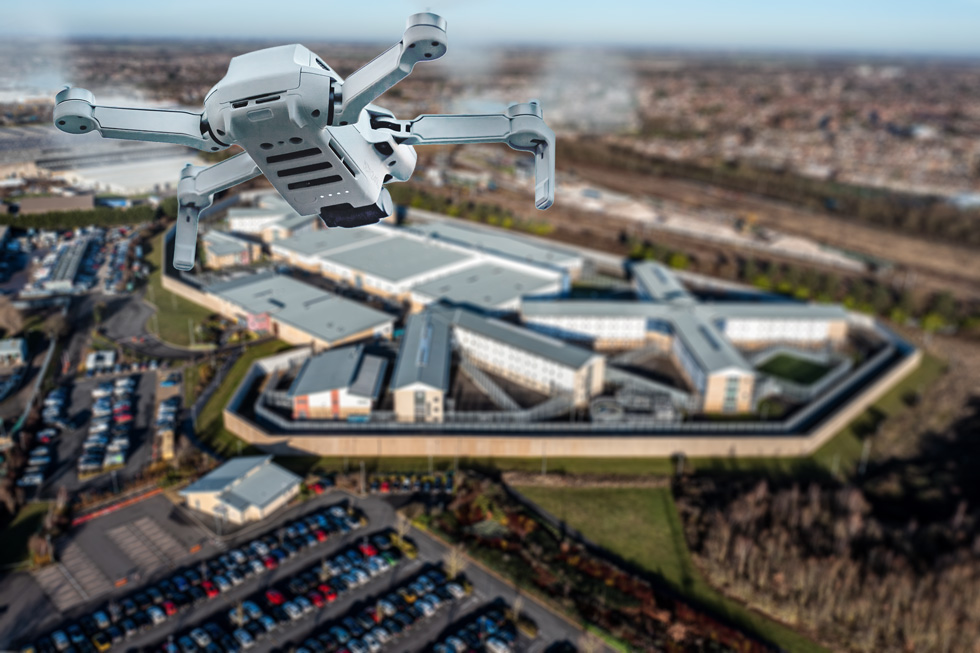
Be transparent, open, and honest when flying your drone or UAV. Let the nearby public know you are flying. Let them know what your intentions are if asked.
Marking takeoff and landing areas helps build awareness of your drone. Wearing a pilot’s vest assures the public you have a license. Post signage to let passersby know what’s up.
If you’ve captured sensitive information like faces or license plates, blur them out in post-production before publishing your materials. Better yet, it’s best to limit the capture of materials that identify people or groups.
Be respectful of another person’s concern for privacy. Just because you are okay with it doesn’t mean they are. If someone is upset, apologize, assure them, pack up, and leave.
Transport Canada, the aviation authority in the North has published a great guide on drone privacy best practises.
It’s always best to play it safe than face a judge in court.
Wrap Up
The presence of drones and UAVs is ubiquitous. They are here to stay. The technology will advance by leaps and bounds presenting new challenges to our privacy.
Responsible ownership and piloting, awareness, and fair regulations are the key to greater public acceptance and trust.
What concerns do you have when it comes to drones and privacy?
How would you regulate or protect privacy?
Let us know in the comments below.
Check out our other article on drones: Is Your DJI Drone Spying On You And Invading Your Personal Privacy?sp;


